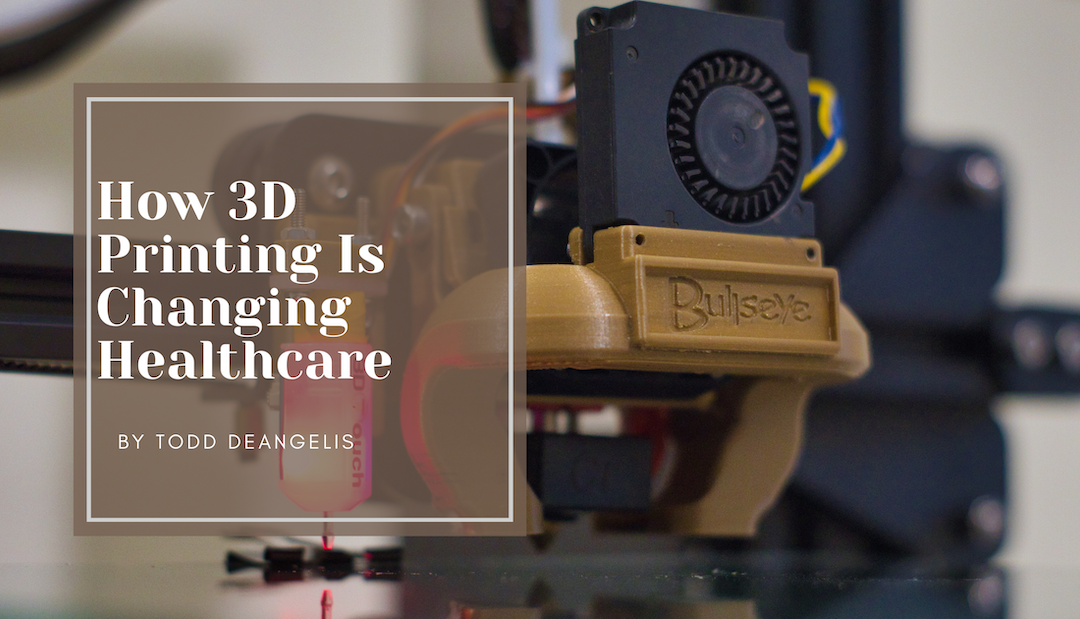The rapid emergence and evolution of 3D printing technology have raised the bar for health care. It has demonstrated the ability to improve surgical techniques and produce organs and tissues. There has been a significant increase in the number of hospitals with 3D printing facilities. According to a report by Statista, 113 hospitals had 3D printing capabilities in 2019, up from just three in 2010. The FDA has also approved hundreds of medical devices made using the technology. This technology’s rapid emergence and evolution have raised the bar in health care.
During the pandemic of COVID-19, some hospitals relied on 3D printing to produce protective equipment. Due to the increasing number of hospitals and medical device companies using 3D printing, more providers are starting to look into this technology. It can help drive down costs and improve the efficiency of their operations. Despite the increasing number of hospitals and medical device companies using 3D printing, there are still many questions about how this technology will affect the future of health care.
3D Printing In Clinical Care
A 3D printer creates a three-dimensional object out of a digital model. It then reproduces it layer by layer using ultraviolet light and filament. The main advantage of 3D printing over traditional manufacturing is that it eliminates the need for costly and cumbersome equipment. For instance, it has reduced the production time of hearing aids by over a week.
- Prosthetics and Implants
One of the first applications of 3D printing in medical use as dental implants. The FDA has also allowed the technology to develop complex implants. In 2021, a study revealed that this technology has the potential to improve the treatment of musculoskeletal injuries significantly.
According to some people, 3D printing can help improve the function and fit of prosthetic limbs. It is also becoming more affordable, allowing individuals to make their limbs. For instance, e-NABLE has created over 8,000 hands and arms for individuals worldwide.
- Anatomical Models
In addition to creating accurate anatomical models, 3D printers can also help surgeons improve the efficiency of their procedures by providing them with detailed and accurate simulations. For instance, in 2022, researchers at the University of Virginia and Florida Atlantic University developed a robotic system to help surgeons predict the optimal course of action before surgery.
A study conducted in 2020 revealed that using 3D models as surgical guides can reduce the time it takes to perform a procedure by about 62 minutes. Another study conducted in 2021 showed that using 3D models can help reduce the length of a surgical procedure by up to 2.5 hours.
- Equipment
Medical devices such as retractors, tourniquets, and forceps can be 3D printed using this technology. Due to the ability to create precise and fast design modifications, it is commonly used by surgeons for their customized products. The rapid emergence and evolution of 3D printing have allowed it to help address the increasing need for medical equipment. In response to the shortage of ventilators, a team of researchers at Oregon Health & Science created a low-cost model that can be replicated using the technology.

